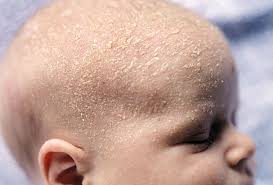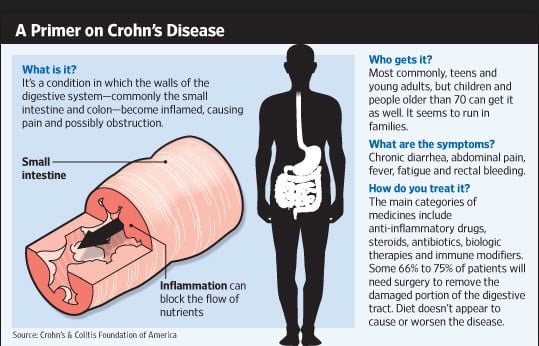This condition is causing oily or crusty scaly patches on a baby’s scalp. This condition is not itchy or painful. It can cause yellow or white scales which are not easy to remove. This condition is usually clearing up on its own in a period of few months. There are many home – care measures such as washing your baby’s scalp on daily basis with a mild shampoo. This can help to loosen and remove the scales. You should not scratch the cradle cap of your children. If this condition persists or seems severe, then your doctor can recommend a medicated lotion, shampoo or other treatment. You should shampoo your baby’s hair every few days because it can help to prevent cradle cap. You should stick with a mild baby shampoo unless your baby’s doctor has recommended something stronger. Do not pick at the scales because if you do this, then it could cause an infection. Cradle cap is usually happening in babies in the first 2 months and it clear up without treatment in a period of few weeks to a few months. You can easily recognize this condition by the large, greasy, brown or yellow scales on your baby’s scalp. These scales flake and they can make the affected skin to look red. There are some cases when the hair will come away with the flakes but you should not be worried about this because the hair will grow back. Cradle cap is usually happening on the scalp but also it can affect neck, ears, face, nappy area and armpits and behind the knees. Also this condition is common in children until the age of 3. Cradle cap is common term which is used for seborrhea or seborrheic dermatitis and this condition is called dandruff in older children and adults. There are some kids who have just scales in small patches while there are other children who have scales all over their heads. Cradle cap can look irritating or uncomfortable to the skin, but this condition generally does not bother children. You should know that this condition looks different on every baby. [1,2]
Symptoms of cradle cap
When someone has a cradle cap, then he or she can have some of the mentioned signs and symptoms [1,2]:
- Possibly mild redness
- Skin flakes
- Oily or dry skin covered with a flaky white or yellow scales
- Patchy scaling or thick crusts on the scalp
Also there can be similar scales which can be present on the groin, nose, eyelids and ears. This is a very common condition in newborns. Usually, cradle cap is not itchy. The most common term which is used for infantile seborrheic dermatitis is cradle cap. There are some cases when it is confused with another skin condition such infantile eczema. There is one major difference between infantile eczema and cradle cap and that is infantile eczema is causing significant itching. If you have tried treating your baby at your home and you have not noticed success, then you should visit your baby’s doctor. Also if you have noticed that patches spread to your baby’s face or body, you need to talk with your baby’s doctor. If your baby’s cradle cap bleeds, swells or itches, then you should visit your baby’s doctor.
Causes of cradle crap
The cause for this condition is not known. One contributing factor which can be is the hormones that pass from mother to the baby before the birth. These hormones can cause too much production of oil (sebum) in the baby’s oil glands and hair follicles. Also there is another factor which can lead to cradle cap and that is yeast, fungus, called malassezia which grows in the sebum along with the bacteria [3]. There are antifungal treatments such as ketoconazole which is often effective treatment and in this treatment is supported the idea that yeast is a contributing factor [4]. You should know that the cradle cap is not caused by a poor hygiene and it is not a contagious condition. Seborrhea is most commonly happening in babies and teenagers. In both periods of someone’s life, they have high hormone levels, which can also play a big role in this condition. Also there are some factors such as stress, problems with the immune system, oily skin and weather extremes which can make a child to have higher risk of getting cradle cap. [3,5]
References:
[1] NHS. Cradle cap. Retrieved from www.nhs.uk/conditions/cradle-cap/
[2] National Eczema Association. Seborrheic dermatitis in children. Retrieved from nationaleczema.org/eczema/children/seborrheic-dermatitis/
[3] Borda LJ, Wikramanayake TC. Seborrheic dermatitis and dandruff: A comprehensive review. Journal of Clinical and Investigative Dermatology. 2015;3(2):10.13188/2373-1044.1000019.
[4] Victoire A, Magin P, Coughlan J, et al. Interventions for infantile seborrhoeic dermatitis (including cradle cap). Cochrane Database of Systematic Reviews. 2019;2019(3):CD011380.
[5] Cheong WK, Yeung CK, Torsekar RG, et al. Treatment of seborrhoeic dermatitis in Asia: A consensus guide. Skin Appendage Disorders. 2015;1:187-96.





